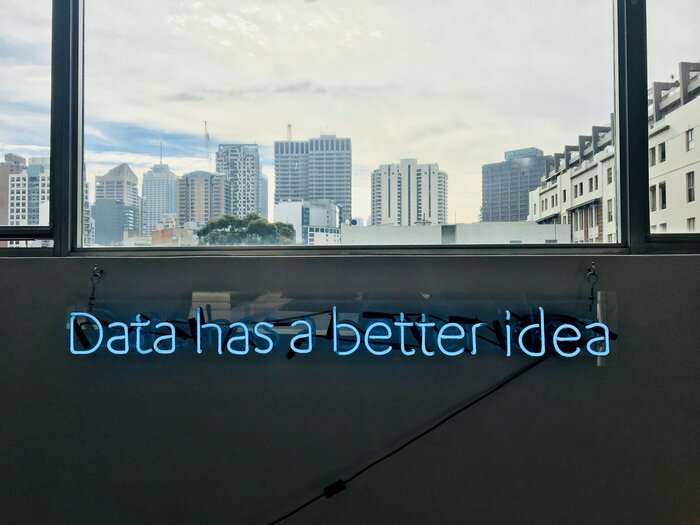The future of brick-and-mortar retail

Since the earliest days of Amazon, people have forecast the imminent demise of traditional retailing. But market insiders such as Drees & Sommer know that the reality is different. Online retailers are themselves now opening brick-and-mortar branches and pop-up stores. Customers want shopping to be an experience for all the senses... while offering a full online service. Great challenges, great opportunities.
Online or store shopping? For customers, the two are not mutually exclusive. ‘Omnichannel’ shopping is already a reality. More than 70 percent of all German consumers use both online and physical stores for information and purchases (source: Criteo Shopper Story 2017). Where customers actually make their purchases depends on what they are looking for. If they want to fill a relatively clearly defined need quickly and cheaply, they tend to order online. However, according to a survey by Forsa Institute for Social Research and Statistical Analysis, around 83 percent of customers greatly value personal advice, and up to 95 percent like to examine and try out products. Here, physical stores have the edge.
Retailers respond: Online and offline are becoming a combined business
For instance, having started with only an online offering, mymuesli now has a widespread physical presence. Zalando and many others are following this trend. The eyewear retailer Mister Spex even models its online store on a physical store. At the same time, an increasing number of physical retailers not only have an internet presence, but are combining the advantages of both worlds by means of services such as click & collect: The customer can order online and collect, try on or exchange the products at the store.
The shopping trip as a leisure event: ‘Shoppingtainment’ as a factor in the success of a retail business
However, for today’s customers, just shopping is not enough: They are looking for inspiration, experiences, a feeling of community. This is where brick-and-mortar retail has a distinct advantage over the web competition. Shopping centers and malls in particular are taking advantage of this unique selling point, using every means from attractive decor and fashion shows, concerts and other events, to the provision of a fully networked offering via a joint app.
Offering an all-round experience: Many shopping centers are reinventing themselves
York Stahlknecht, Head of Retail at Drees & Sommer, commented: ‘What makes a shopping mall successful are customized overall concepts. Around 80 percent of our work currently involves the refurbishment of shopping centers. For example, nowadays you have to give customers a positive experience right at the entrance – to offer them space to arrive and orientate themselves. It’s also becoming more important to cater for children, as they have a big say in where the family goes for the big Saturday shopping trip. So, a great playground slide can make all the difference!’
‘Shoppingtainment’ is a team sport: All retailers face a challenge
Individual stores are still having some difficulty in changing the way they present their products. But this is central to the customer’s experience. As York Stahlknecht remarked: ‘Being in a shopping center full of attractions will not work if the individual retail business has not changed.’ He introduces another good argument for new concepts: ‘When redesigning stores, we also take into consideration the additional costs associated with renting space: operating costs, heating and utilities. Energy costs can be reduced considerably through innovative air conditioning technology and state-of-the-art lighting systems. This means the refurbishment can pay dividends in terms of more than just attractiveness to customers.’
The initial conclusion: The retailers’ much-hyped ‘dilemma’ between bricks and mortar and online shops does not exist. Instead, the channels are merging. The prospects even for smaller stores are very good, provided they offer their customers an all-round shopping experience as well as one-to-one advice. Add the services offered by digital technologies, and they suddenly make purely internet-based retail businesses look very old-fashioned. More on this topic in one of our upcoming articles.


